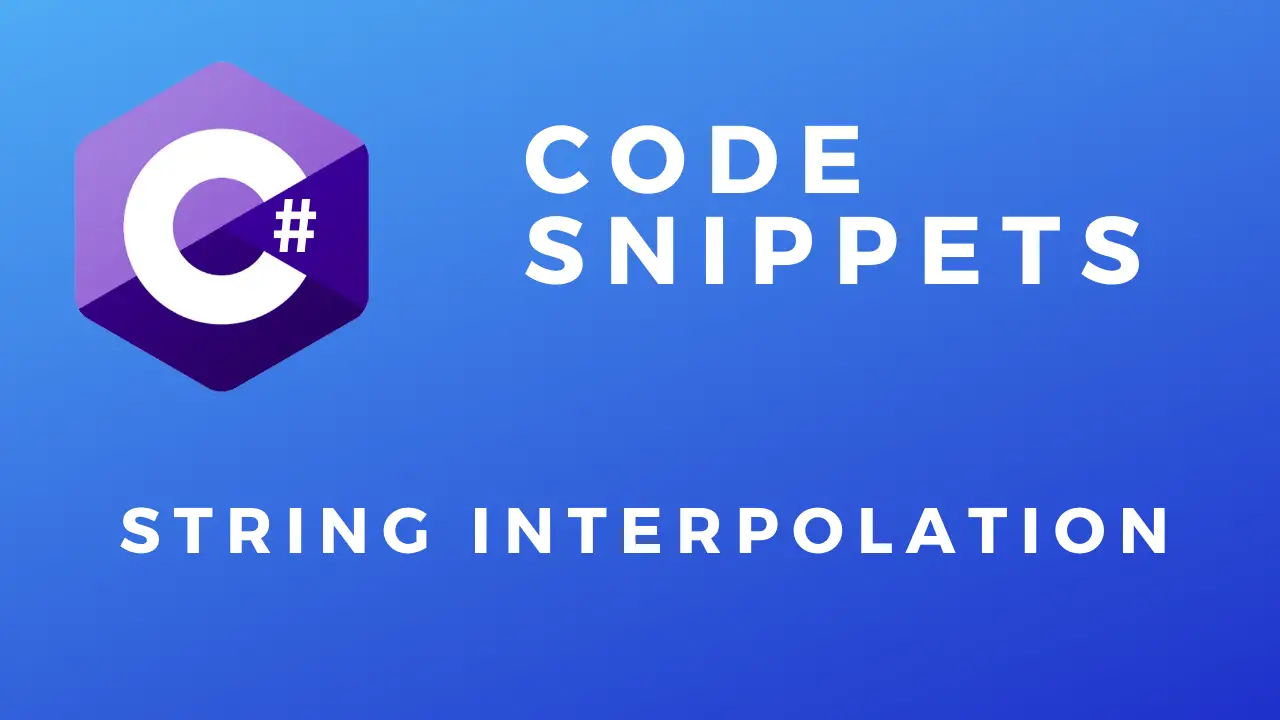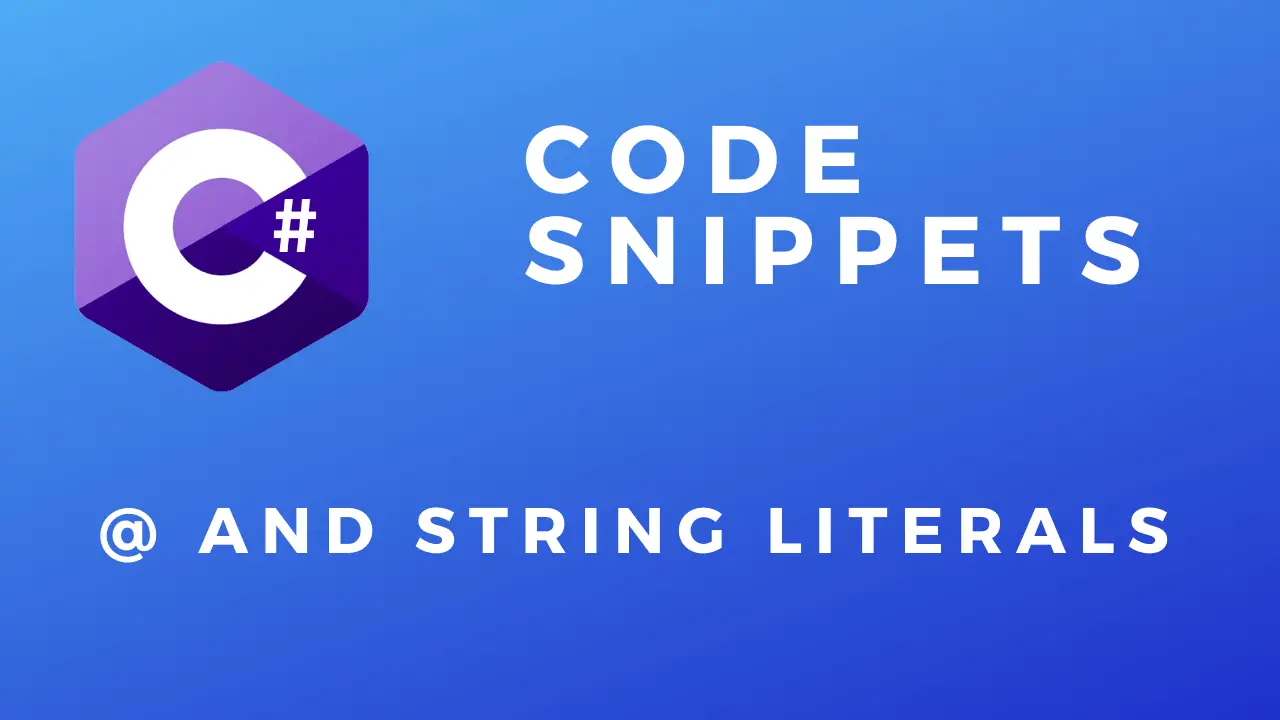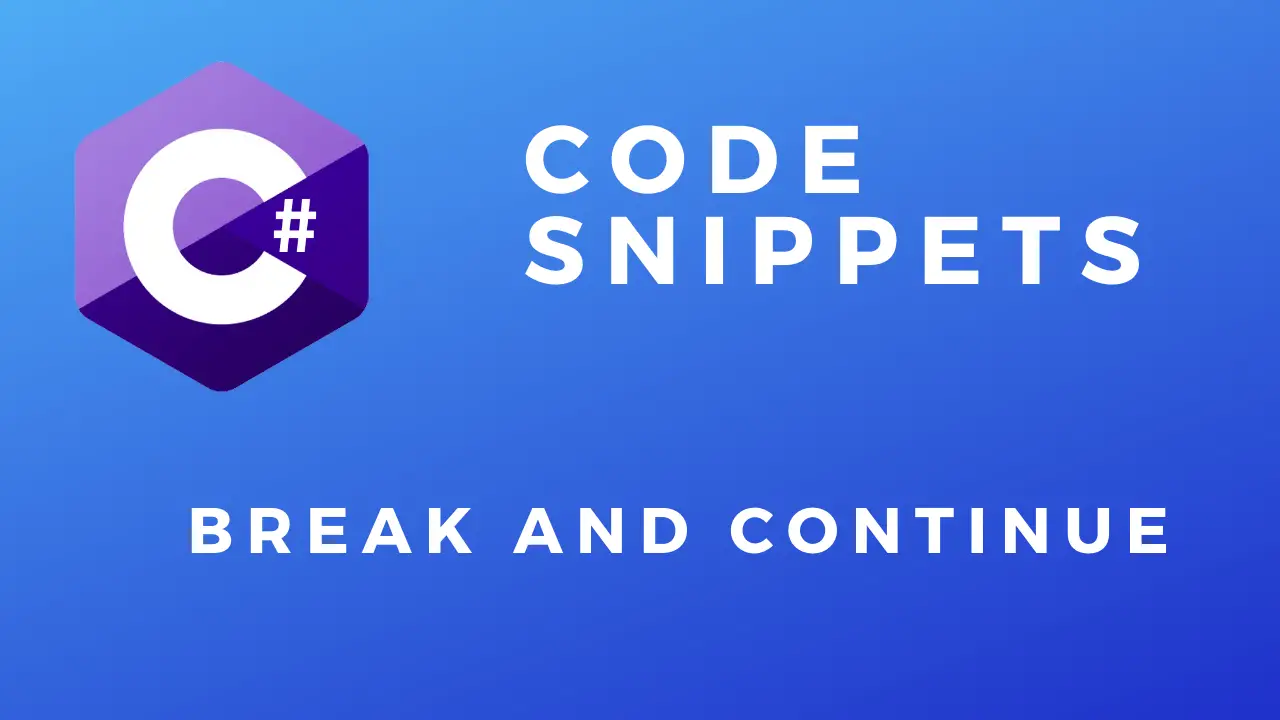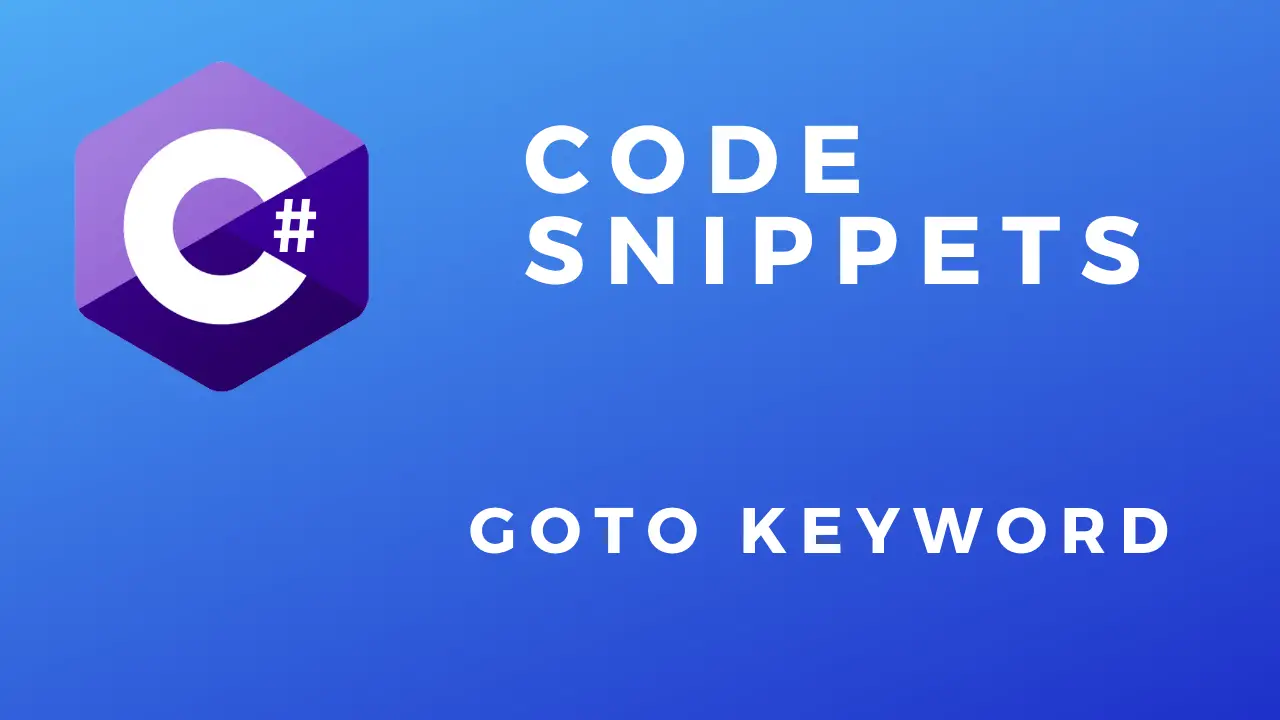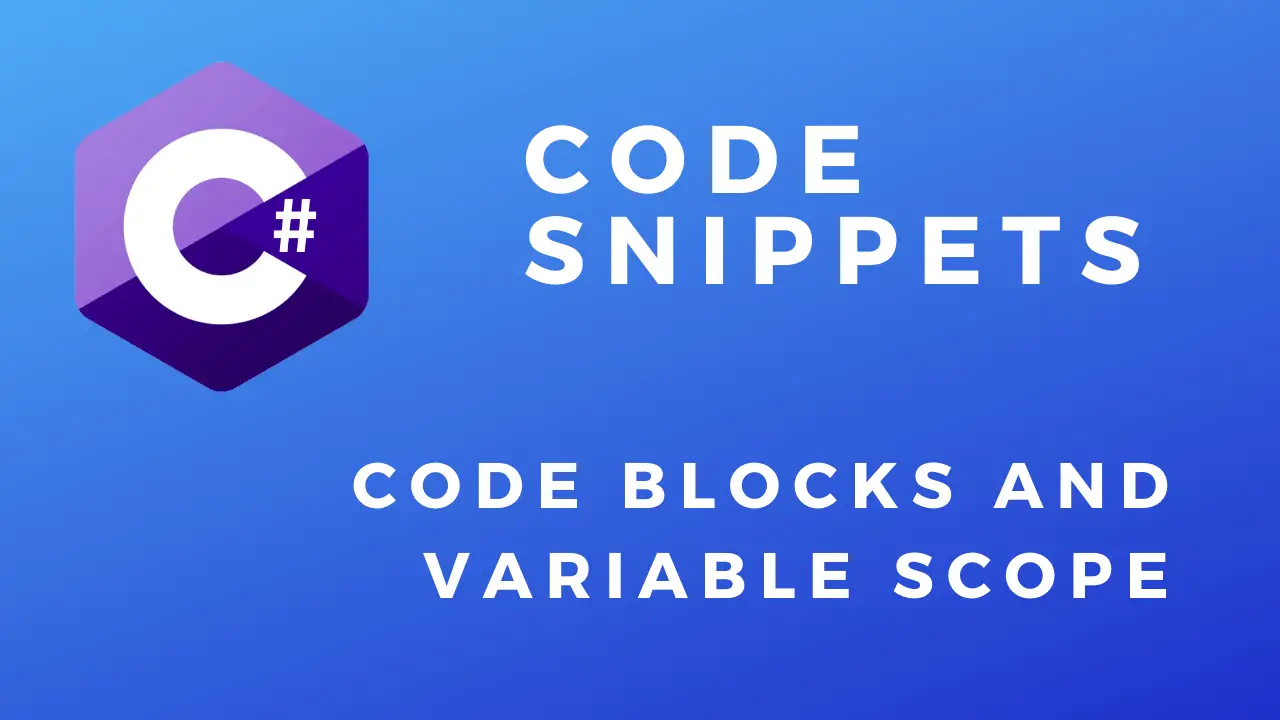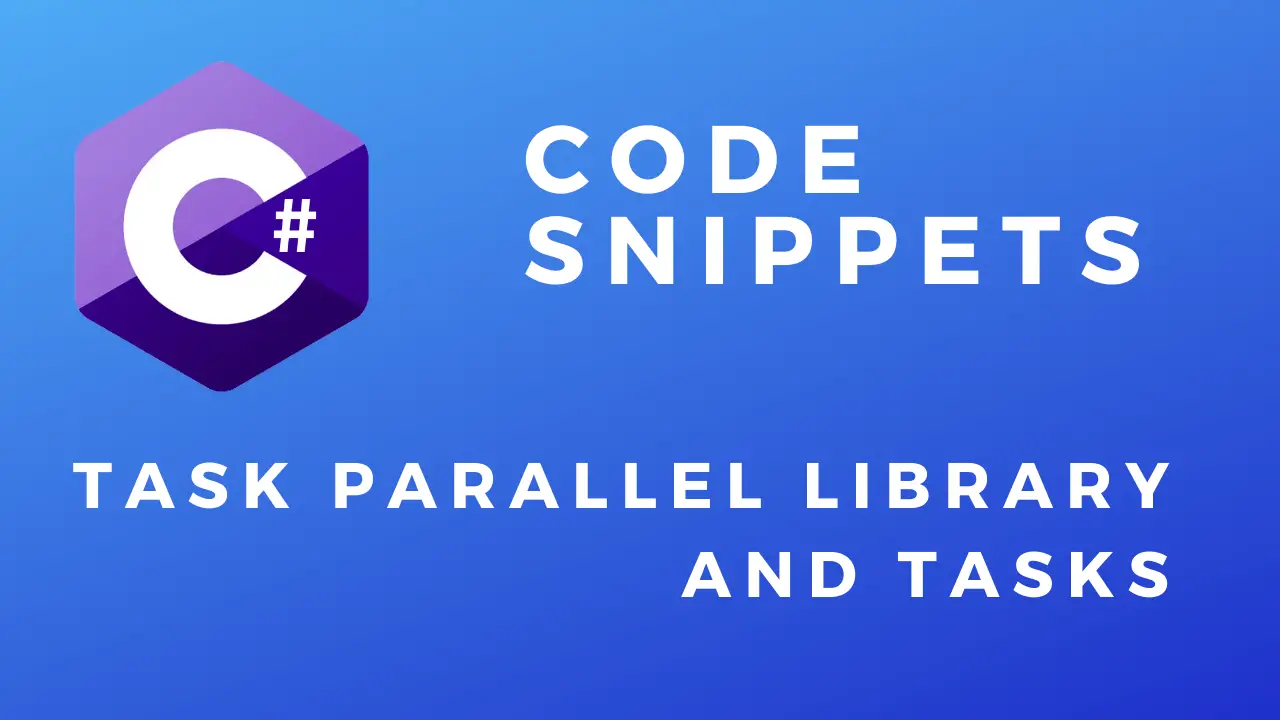8-Bit Computer Registers
In this post, I will show how I made the registers for my 8-bit computer. I will use the flip-flops I made in this post. And just like with the flip-flops you could use premade register provided in Quartus. However, I wanted to build my own from scratch to truly understand how they work.



